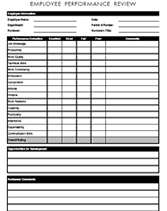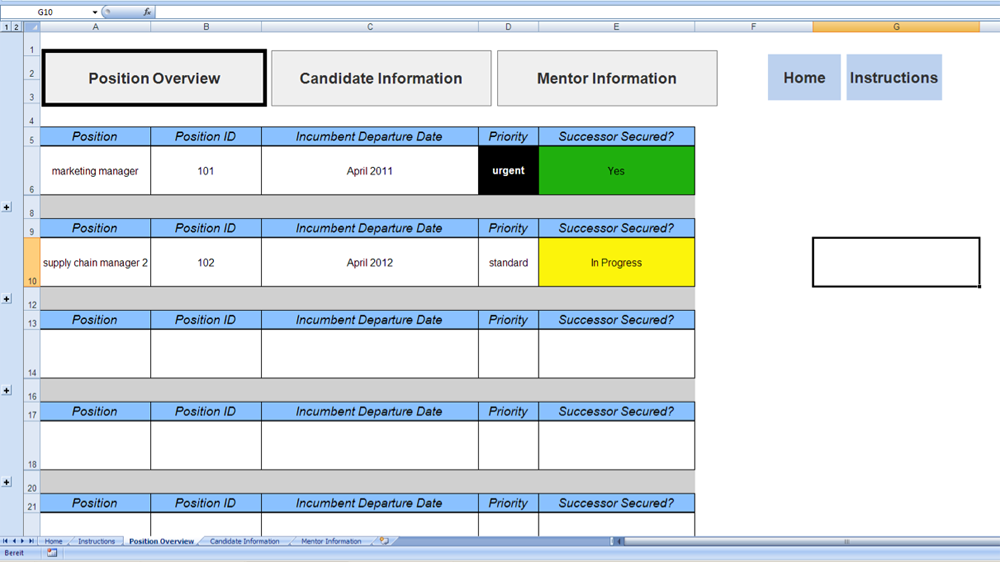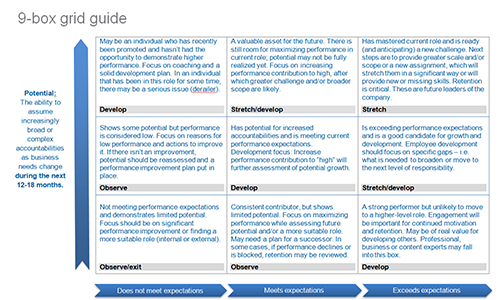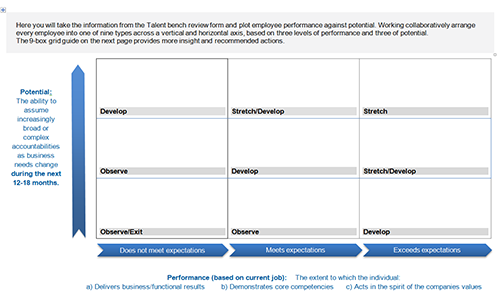Succession Planning Process
Sponsored
Succession Planning Process
In the business arena, succession planning process has become one of the emerging trends and an important task which an organization’s Human Resource department utilizes. Succession planning process can be defined as the process which the Human Resource department works closely with the top management in selecting, training, and empowering the selected personnel to take over a job, responsibility, and authority in the future period. Therefore, this process is intended to equip employees with skills and knowledge so that when the current leaders retire or passed away, they are able to take over without any difficulty in recruiting from outside.
The implementation of the succession planning initiative in an organization requires effective measures to be put in place which ensures the monitoring of success for future benefits. These measures will ensure that the organization has the opportunity to refine their initiatives basing on the feedback received on evaluation. It is worth therefore that the organization should always be focused on the results and process on the initiative in order that best evaluation practices are developed.
The effective succession planning process can be divided into preparation of job prescription, selection of best candidates, training the short-listed candidates, and then selection of the best among them. This division has been adopted world wide as one of the most efficient way of preparing employees for the next job position.
Succession planning process arises when there is an impending vacancy. The Human Resource department than makes a formal advertisement on the vacancy within the organization so that those who are interested with requisite skills and qualifications can apply for them. On receipt of the applications, the Human Resource personnel must review them and then short-list those who are suitable for the position. The short-listed candidates are then trained for extensive technical skills on a probationary period. At the end of the probationary period, their performances are evaluated and ranked according to merit.
The final list of the successful candidates is then forwarded to the senior management to make their final selection on who to take up the position of the departing employee. The selected candidate may need a further training on the basics of the position that he has been selected for. This means that the candidate has to undergo hands-on training by the outgoing employee. This will ensure that he captures all the operational responsibilities that he will be required of in the new office.
Templates:
The rationale of performance appraisal during the succession planning process period is to find the best candidate within the organization who will fit in the leadership qualities of the outgoing team. Moreover, the responsibility will be bestowed on a candidate who understands the organization operational procedures, ethics, and policies. The morale of the employees will also be boosted since a selection of one of their own is a reward for them other than selecting someone from outside the organization.Succession Planning Proccess
The premise behind the succession planning process is that there should no chance that the operational of an organization will come into halt only because of the absence of an employee. Therefore, it is a proactive strategy that the organization prepares itself for tomorrow which may not be predictable. The absence may as well arise from resignation, death, dismissal, or retirement of an employee.
succession planning process
For succession planning process to be successful in managing employee recruitment, the interested parties must work together without conflict of interest. These parties are the Human Resource department, the top management, the immediate superiors, the potential candidates. These parties must work in harmony in the succession planning so as to ensure the smooth transition process and at the same time enhancing the value of the unsuccessful candidates.
It is therefore seen that succession planning is beneficial to an organization. However, there are some challenges that must be addressed such how new ideas can be injected into the organization without compromising the succession planning process. Also, the organization must come up with mechanisms of rewarding those unsuccessful candidates as they might seek opportunities elsewhere hence lowering the dignity of the entity. These are real and practical challenges facing the succession planning which can addressed by rewarding them such as promoting them to new job grades, remunerations, and increasing their scope of responsibility.
Sponsored



